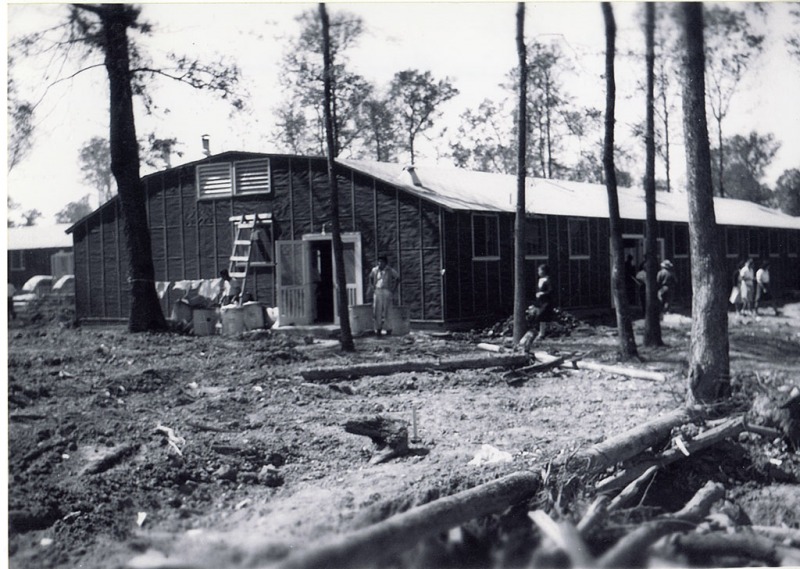Seventy-four days after the Japanese Empire attacked Pearl Harbor, President Franklin Delano Roosevelt signed Executive Order 9066 on February 19, 1942. The order enabled the United States Army to force more than 110,000 people of Japanese descent, 70 percent of them American citizens, from their homes. First confined in nearby "assembly centers," they were then shipped to ten "relocation centers."
In the summer of 1942, two of these camps, Jerome and Rohwer, emerged from the swamps and forests of the Arkansas Delta. The neatly ordered rows od military-style barracks dotted the horizon and guard towers rose above the flat terrain. In September 1942, Japanese Americans began to arrive in southeast Arkansas by train from California. Displaced from their homes and snatched from their lives on the West Coast, each person experienced the upheaval individually; each person tells a different story.
Life Interrupted: The Japanese American Expirence in World War II Arkansas sought to tell those stories. The project premiered in 2004 as part of a joint effort by the University of Arkansas at Little Rock's Master's in Public History Program and the Japanese American National Museum in Los Angeles, California, with major funding provided by the Winthrop Rockefeller Foundation.
In 2004, little evidence remained of the incarceration that took place in southeast Arkansas. Life Interrupted collected documents, photographs, and artifacts related to internment; pursued conservation efforts for the two internment camps in Arkansas; and created and distributed curriculum materials for teachers. The project also hosted the national conference, "Camp Connections: A Conversation about Civil Rights and Social Justice in Arkansas" in Little Rock and produced the documentary, Time of Fear, which aired on PBS in 2005.+
*The banner photo shows the first United Service Organizations show held in the Military Police Post Exchange at Jerome Relocation Center.
Original text in Internment page from "Against Their Will: The Japanese American Experience in World War II Arkansas," by Dr. Johanna Miller Lewis.

